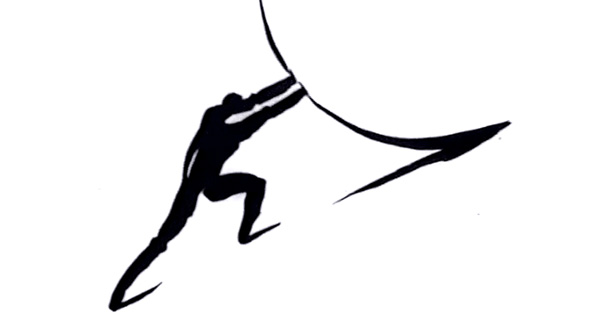I’m curious what it takes to do furniture upholstery. And in a completely different scope, what it takes to sew Lycra in clothing like cycling bib shorts.
I mean the secret to doing it right.
For instance, if you want to paint cars, I can tell you all kinds of levels, but the secret sauce is sticking to a single paint system from primers to clear, 3m imperial sandpaper used wet with a drop of dish soap, block sanding with guide coats, degreaser for reflections tests, a reliable air drying system for compressed air using an oilless compressor and very large tank, a full set of Sata spray guns, the best pneumatic DA sander your paint jobber sells. Then you’ll also need a variable speed buffer, fresh cut/medium/finish pads, 3m Perfect-it 2 and whatever fine finisher they sell now that does not contain oil fillers. Tape, paper, all all that is a given. Perfect automotive class paint is 99.9% prep and sanding, and only 0.1% painting. The number one rule is: when you think you should be done, step away for a break, when you get back acknowledge that you are only halfway done and get back to work. Your emotional state is irrelevant; the only truth that matters is in sanding guide coats and degreaser reflection tests.
All that said, with all of my experience, I can mix paint systems to get cheaper combinations between systems, I can spray with a $20 harbor freight gun, and polish with a sock and toothpaste in a zombie apocalypse pinch.
Does anyone here know sewing on this level? In a (coco) nutshell, what are the machines and standards to do it right?
I feel like most of the people answering you are not actually sewists.
The person mentioning the serger/overlocker machine is correct regarding stretchy material. You can do it on a sewing machine but it won’t look nice. On a regular sewing machine, a straight stitch will give you a non-stretchy seam. A zigzag stitch will be stretchy but most often people aren’t pleased with the look of it. If you look at the inside of a t-shirt, the side seams are generally done with a serger. (A coverstitch machine is usually what is used for a hem. It makes a row of two lines on the front. It only does that.) The reason a serger works better for knit fabric is because of the differential feed, meaning it can better handle sewing two stretchy fabrics together such as in a seam. A sewing machine only feeds by catching the bottom fabric and scooting it forward, and that can cause issues if the fabric is stretchy.
You also need appropriate needles, especially for something like spandex. I haven’t worked with it at all so I’m not sure 100% what to recommend, but possibly a ball point or microtex needle.
Meanwhile, for upholstery, all you need (I think) is a straight stitch. Technically you could even try to do it by hand, but depending on the material, it could be really difficult. You’d definitely need a heavy duty needle, and possibly pliers to pull the needle through thick fabric. If you went for a machine, you’d want something robust. I’m actually about to try an upholstery project using my mid-range Bernina; it has successfully sewn several bags so I think it can handle it. But Bernina is not a mid-level brand, and I spent good money on that machine. Certainly, like in most things, you get what you pay for.
i’ve spoken to two people that do upholstery for restaurants in the united states, and both were very overbooked (6+ months out) and overdue for retirement. might be a good gig to get into. Apparently the leather is thicker than for clothing.
deleted by creator
For sewing stretchy fabrics my advice is to purchase an overlocker not a sewing machine, sewing machines will generally suck at stitching stretchy fabrics. If all you have is a sewing machine I recommend triple stitching if your machine has that as a setting.
I’m not a professional at this, I just repair my family’s clothes so if I’m wrong feel free to correct me.
Thank you. This entire question was to draw out this kind of reference. I know the machine for stretchy fabrics is different and that there are a couple of techniques. People explained this stuff to me when I was a Buyer for a chain of bike shops, but I never wrote it down.
https://en.wikipedia.org/wiki/Overlock

I think it’s kind of the same. Once you get technique down a master can see with the cheep-o machine and get amazing results.
I say go get yourself a used machine and just play around with it. I made Halloween costumes out of stuffed animals and old clothes for my first project and it turned out really good.
When dealing with upholstery, the materials are much thicker than your average entry point sewing machine will be able to handle. The feet might not be able to feed the heavy material through, and some machines will be physically unable to feed your material under the needle where seams meet. In most sewing projects there may be four or even six layers of material at some points where seams meet or need to be rolled over, which would require more space between the foot and plate than most machines could handle. So if your principle interest in sewing is upholstery, you will probably have to find a machine explicitly made for that task and it won’t be cheap.



